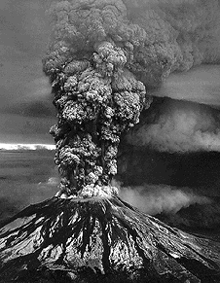This is an image of Mt. St. Helens, in Washington, USA.
Click on image for full size
Image from: USGS, courtesy of Volcano World
Earth's Secondary Atmosphere
The atmosphere is a collection of gases, and constitutes the air we breathe. The air we breathe today is made mostly of N
2 and O
2, but also H, He, H
2O, CO
2, SO
2, methane, ammonia, and many other gases including smog from human activities. Scientists think that the atmosphere we breathe today is nothing like the atmosphere the Earth started with. In fact scientists think that 99% of today's atmosphere is new compared to the
original air. Thus scientists call the atmosphere of today a
secondary atmosphere.
Scientists think that the secondary atmosphere came from the many volcanic eruptions which took place in Earth's early history, and which continue today. All volcanoes are different but in general they release gases such as H2O, CO2, SO2, H2S, HCl, N2, NO2. These gases come from the melting of the
Earth's crust at subterranian depths. In fact, volcanic activity can be thought of as recycling and replenishing the molecules of the atmosphere. These molecules are not the Nitrogen and Oxygen which are the majority of gases in the air today, however.
The formation of the early ocean played a large part in shaping what gases remained in the atmosphere and what gases were carried into the water, to become a part of the ocean and surface. Scientists think that the Earth's secondary atmosphere may have come to be dominated by N2 because it alone of all the gases comprising the secondary atmosphere does not readily dissolve in water. Oxygen came into the atmosphere as a waste product from the photosynthetic activity of early life forms after that oxygen had first combined with residual surface iron to produce iron ore.
You might also be interested in:
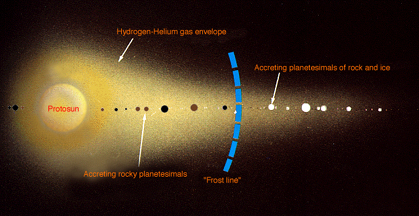
Scientists ask many questions. One of the questions they like to ask is "Where did the atmosphere come from?" As always, scientists chip in with many different, and sometimes conflicting answers. Some
...more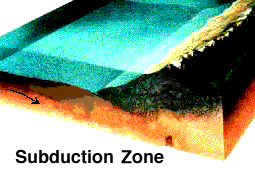
When two sections of the Earth's crust collide, one slab of crust can be forced back down into the deeper regions of the Earth, as shown in this diagram. This process is called subduction. The slab that
...more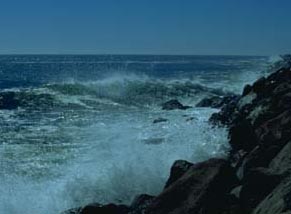
Once the Earth began to cool, water vapor, one of the volatiles, began to condense and form an ocean. According to the Goldilocks theory, Earth is at just the right distance from the sun for the temperature
...more
Over a very long time, gradual changes in the earliest cells gave rise to new life forms. These new cells were very different from the earlier heterotrophs because they were able to get their energy from
...more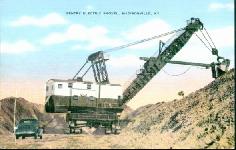
Eventually, photosynthesis by the earliest forms of plant life (a form of life capable of feeding itself instead of feeding off of others) began to produce significant amounts of oxygen. One important
...more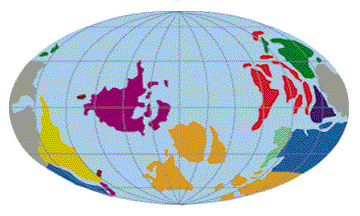
The Archean is the name of the age which began with the forming Earth. This period of Earth's history lasted a long time, 2.8 billion years! That is more than half the expected age of the Earth! And no
...more
We all know that today ocean waters are very salty. Two things help scientists figure out what salt may have been part of the Earth's early oceans. Since there are very little sedimentary rocks of ages
...more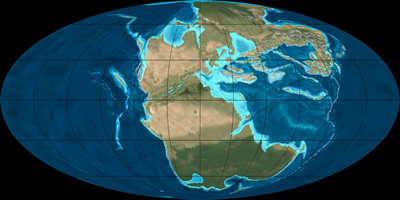
This period of time in Earth's history is a period when dinosaurs roamed the Earth. This period lasted 37 Million years. During this time, the continents we know today were combined into a giant continent
...more


